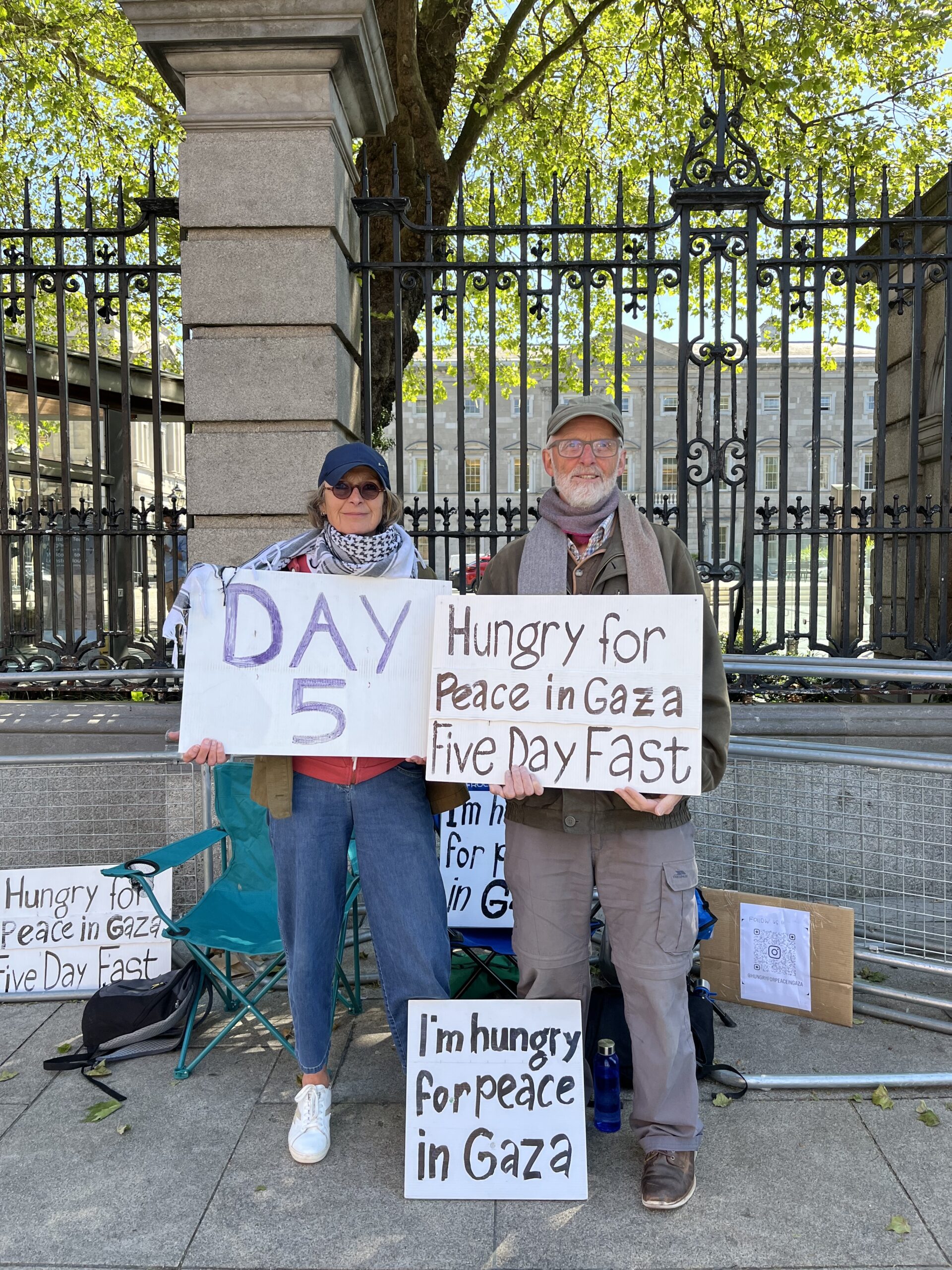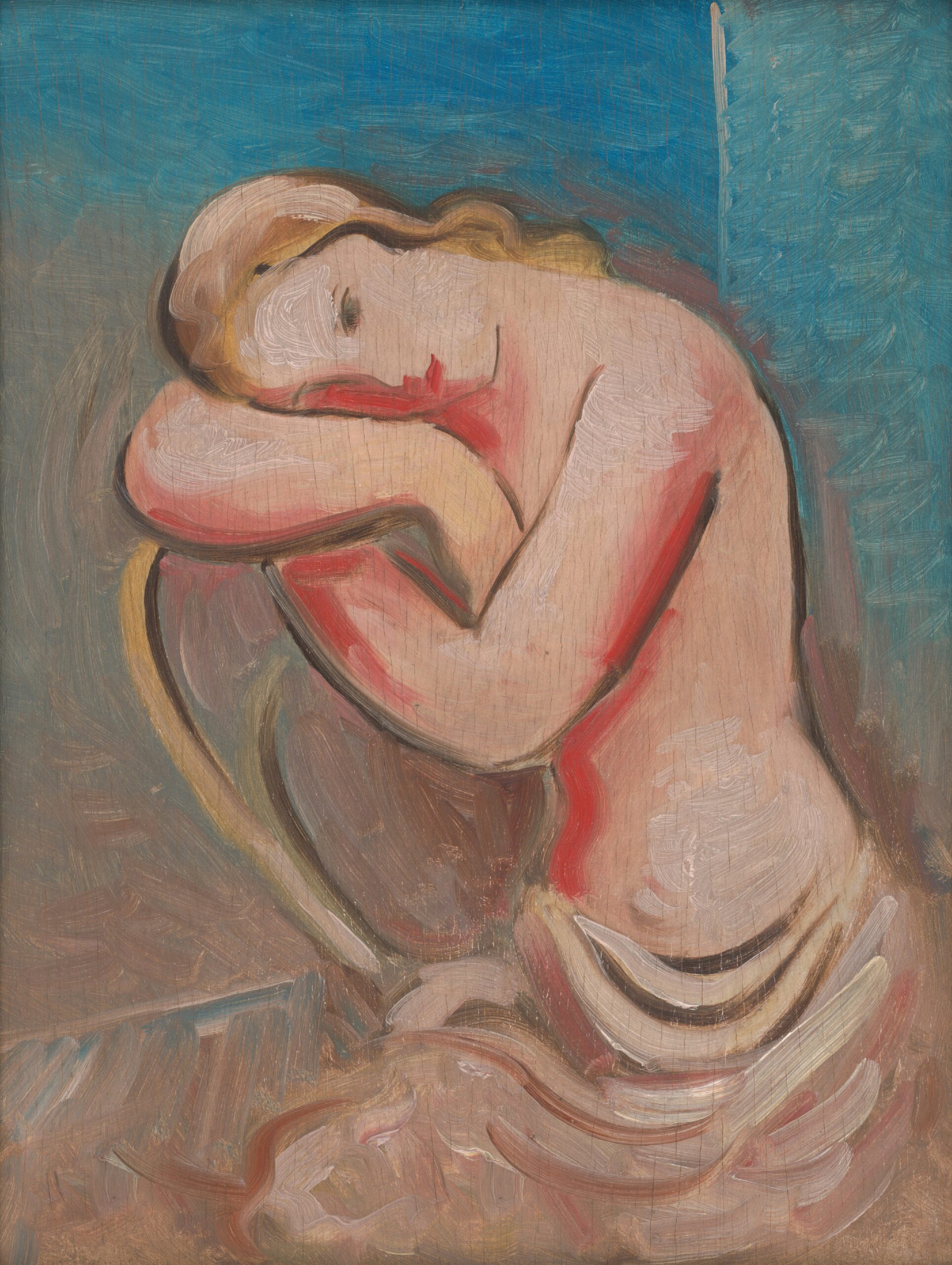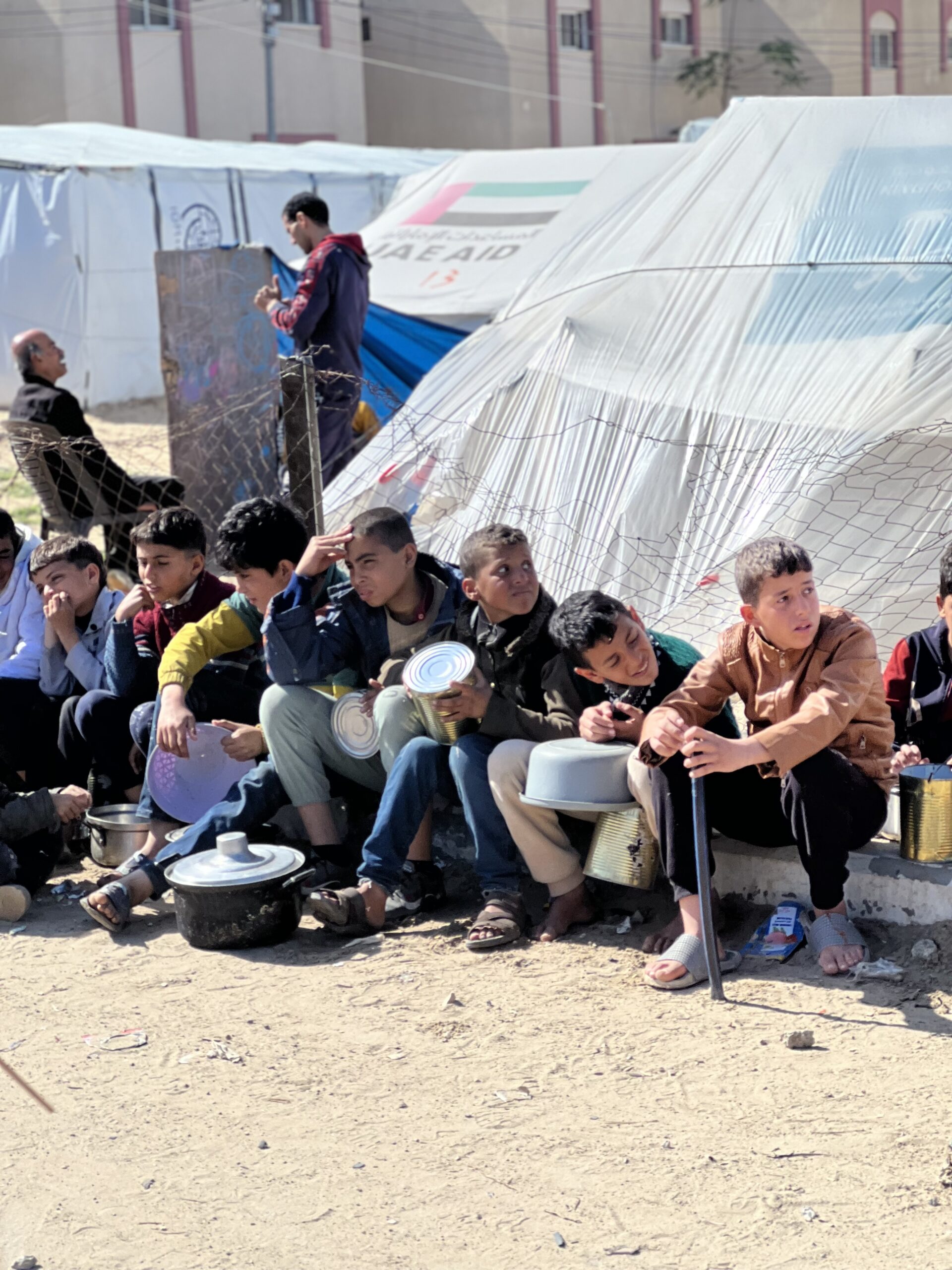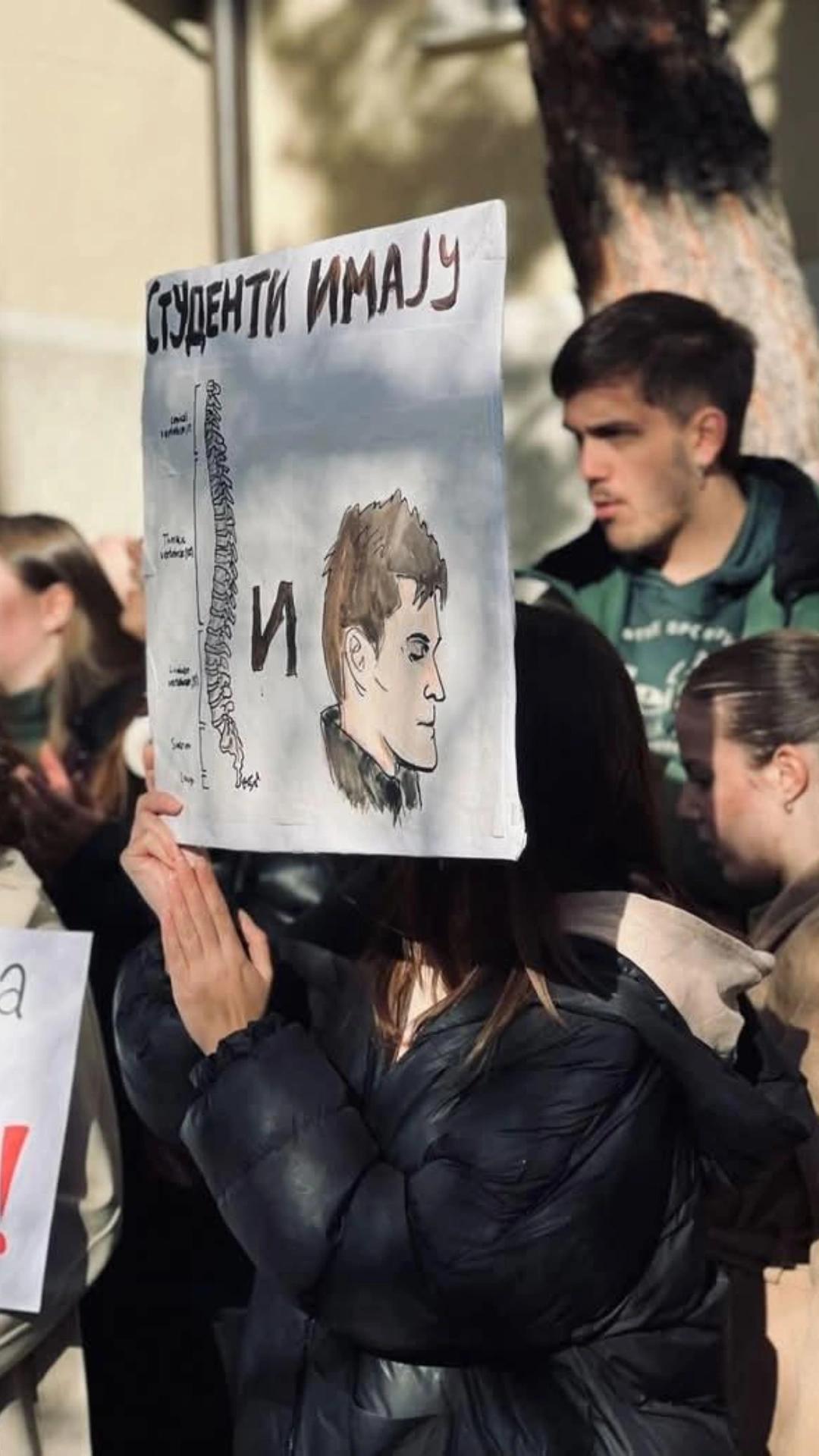Hubie Pilkington | High Society correspondent
All men have, at least once, imagined themselves walking into a crowded room and have everyone turn to look, in awe, at the sharp silhouette that has just entered. Dapper-to-fuck and with a jaw-dropping swag, we see ourselves as the modern, social, non-supernatural version of Superman. Unfortunately, for the majority of us, this mental picture will never come to realisation.

“All in all, a suit should always be a statement piece. Getting the look right pays dividends”. Photo: Owen Bennett
However, that does not mean it is redundant. In fact it should be a constant inspiration – none more so than when it comes to dressing.
It is no surprise that the majority of Trinity students know how to ‘wear it well’. The Arts Block supplies the perfect catwalk for the everyman. But what happens when we move beyond the casual wear? Are we as accomplished in our choice of clothing when we are drawn to “suit up”? Whatever the case, as something that is such an integral part of the contemporary man, it is, in my opinion, a matter that we cannot afford to get wrong. In light of this, the following paragraphs shall aim to aide the choices one makes when formality beckons.
The one thing every man must remember is that, no matter what cut or style you are wearing, all suits can look sloppy unless you make sure it fits properly. Too big and it resembles Mr. Blobby. Too small and you look like a grown man in a child’s school uniform. A well shaped jacket should hug the shoulders making the wearer stand to attention. The lapels should be neither too large nor too skinny – something between one and two inches. Two buttons is best and, when fastened, they should pinch the jacket in a little to provide the impression of a slim waist. Never bind more than one button! Meanwhile, at the back, a singular central vent is most consistent, although side vents can add a touch of class.
Moving onto the trousers. They should be comfortable when at your waist. And I mean the waist which is above the hips! Suit trousers are there to go the full length of the leg so as to enable a smooth transition between upper and lower halves. For this reason the fastening button should be just below the belly-button. The trousers, overall, should be a slim fit to elongate the legs and inch-high cuffs before the foot enable a good break to present the shoe.
As you can imagine, over the years of the suit’s popularity many cuts have come and gone.
There are those, however, which prove timeless. Three of these include the straight cut, the three-piece and the double-breasted. Each has the power to sharpen our appearance but only when matched to the individual appropriately.
Straight cuts are the most basic suit. They are the safe bet, worn by those who don’t like to stray too far into eccentricity. This simple choice is not a bad thing but one must apply different methods to stand out. One simple tip is to avoid black. Black is dreary, soul-sapping and very little for individuality. Instead, if you want to keep to block colours, aim for grey or navy. The more adventurous of us can turn to patterns. What is important here though is not to over-do it. Soft pin-stripes and shadowy plaids provide character without being garish. Different fabrics, such as Tweed and Herringbone, provide a twist and attracts interest.
The three-piece has been something of an establishment over the course of history. Spotted on gangsters, politicians, actors or musicians alike over the course of the last two centuries it shouts sophistication. Ultimately, it is just a straight cut suit but with the addition of a waistcoat. But what an addition it proves to be. In light of this, make sure that the waistcoat is a good fit. It should be slim. Not so tight that the buttons look like they’re about to pop but slim enough that there is no baggage. Furthermore, it should hit at the belt buckle and go no lower. The three-piece is a statement in itself so the shirt and tie/bowtie that accompanies it should be toned down.
Lastly, a double-breasted suit is something that not everyone feels they can pull off. However, there are a few tips that help make the double-breasted a very adaptable jacket. Firstly, make sure it’s trim. Larger jackets spark memories of frumpy Mafia members. Secondly, always have it buttoned up. These jackets don’t hang well and the whole aim of wearing a suit like this is to bring in the waist. Thirdly, aim for six buttons. Four is fine but six elongates the torso and adds to the triangulation of the body. Finally, keep the trousers slim. Wide pants just undoes all the work
The suit, though, is not the sole contributor to the finished product. What makes us particularly stand out from the crowd are the what we pair with what we wear. Ties should be a further representation of our character. It’s a sad sight to see a good suit with a dull tie so aim for colour and patterns that transcend diagonal stripes or solid tones. Bowties, also, make for an exceptional accessory, especially if it’s a self-tied. Braces, meanwhile, make a welcome change providing an accomplished style when the jacket is removed. Belts, also, should be refined. Brown or black leather is your best friend in this instance. The same goes for the shoes. Nothing ties an outfit together better than a fine pair of shoes. It’s a mistake to stray from lace-ups and loafers. A good pair of leather shoes will last for years so don’t scrimp on them. Never opt for anything with a rubber sole. Furthermore, a slight point in the toe provides the perfect endnote to a revered ensemble. Penny loafers and crisp brogues are the most reliable.
All in all, a suit should always be a statement piece so make it so. You can wear the same suit seven days a week but, if you have a good stock of interchangeable accessories then you will continue to cut a fine figure. And, even though it may not happen to the extent that films portray, if you follow these straightforward steps, you are sure to turn a few heads when entering that crowded room.
Many thanks to Henry Jermyn on Clare Street for supplying the attire worn in the image.






